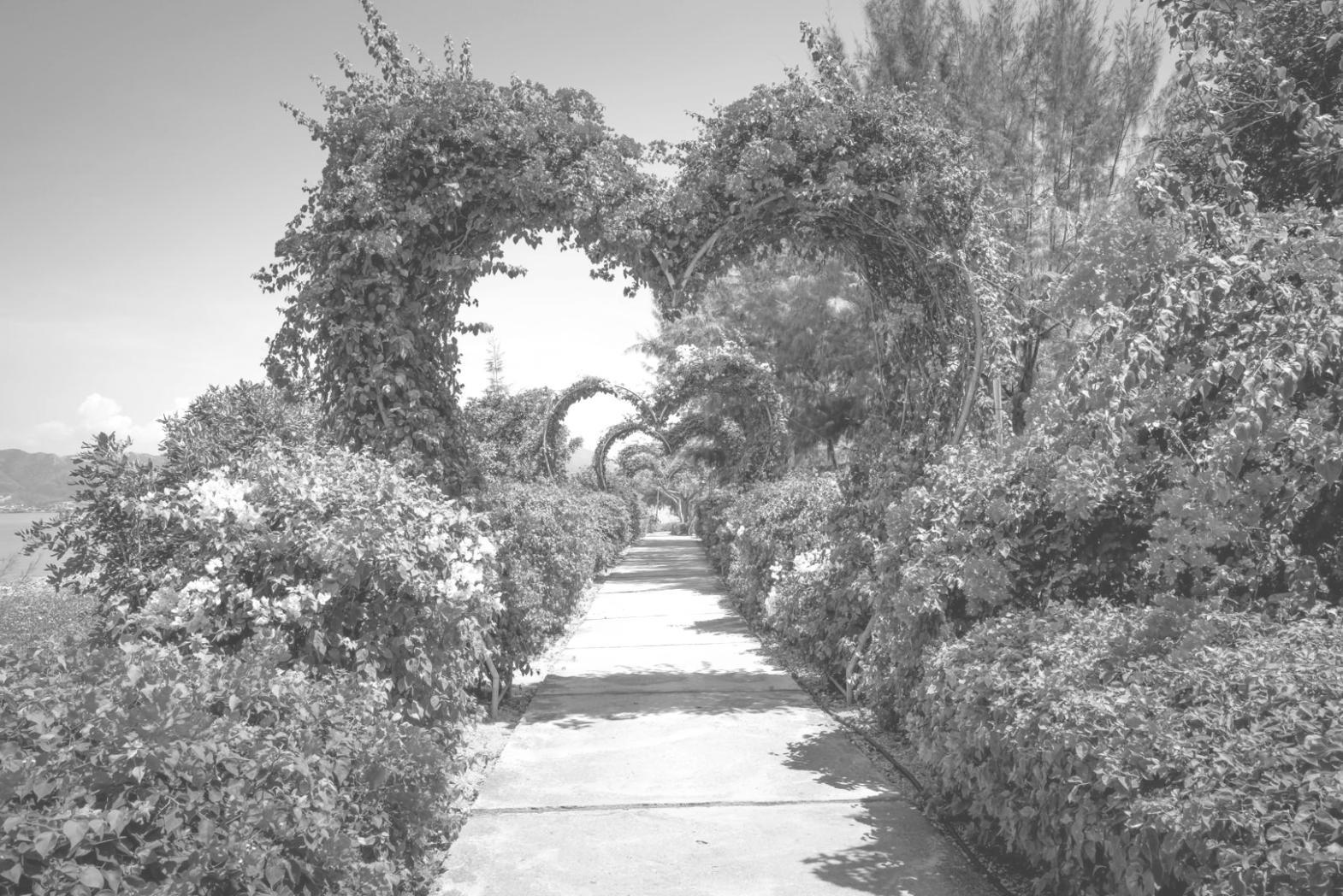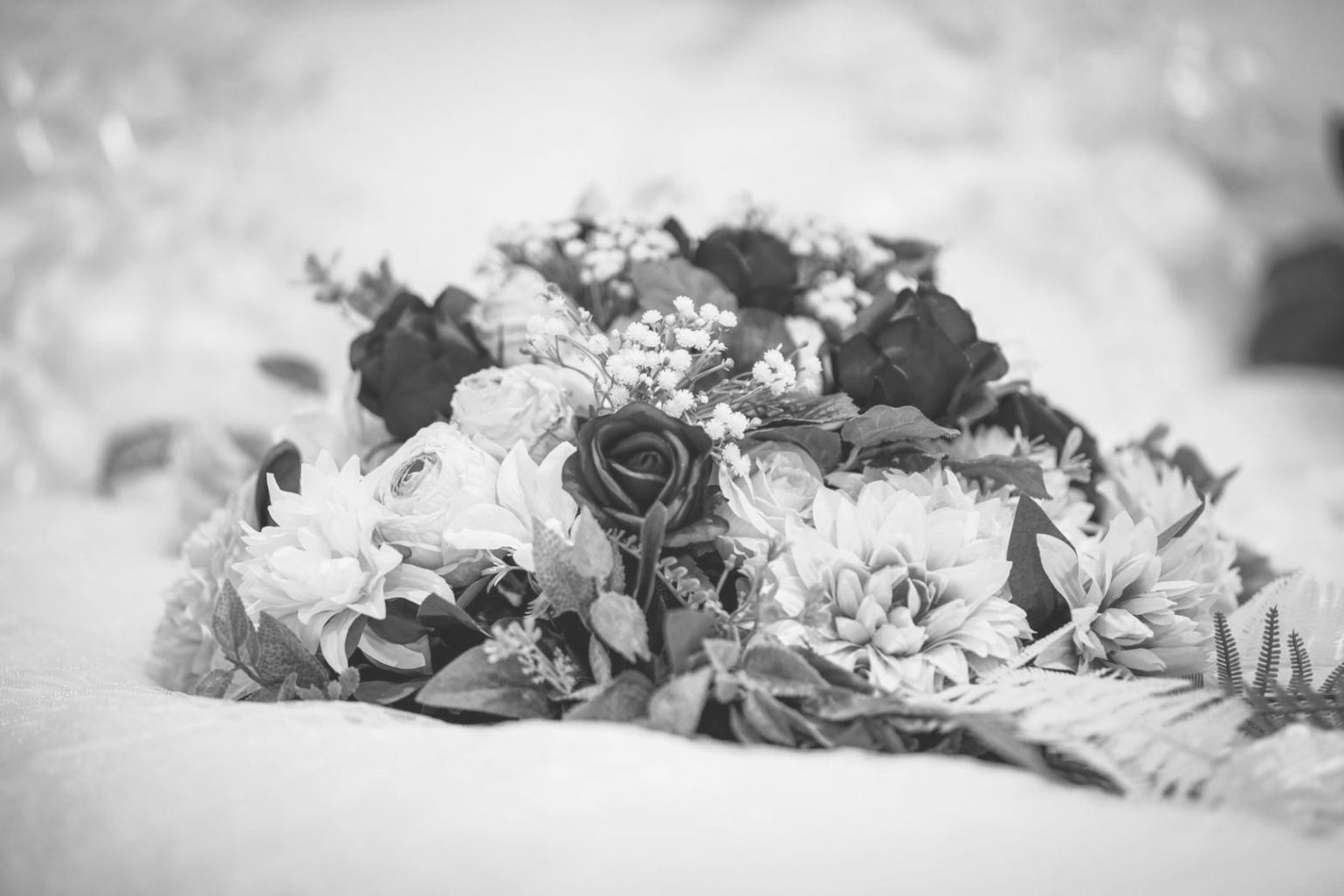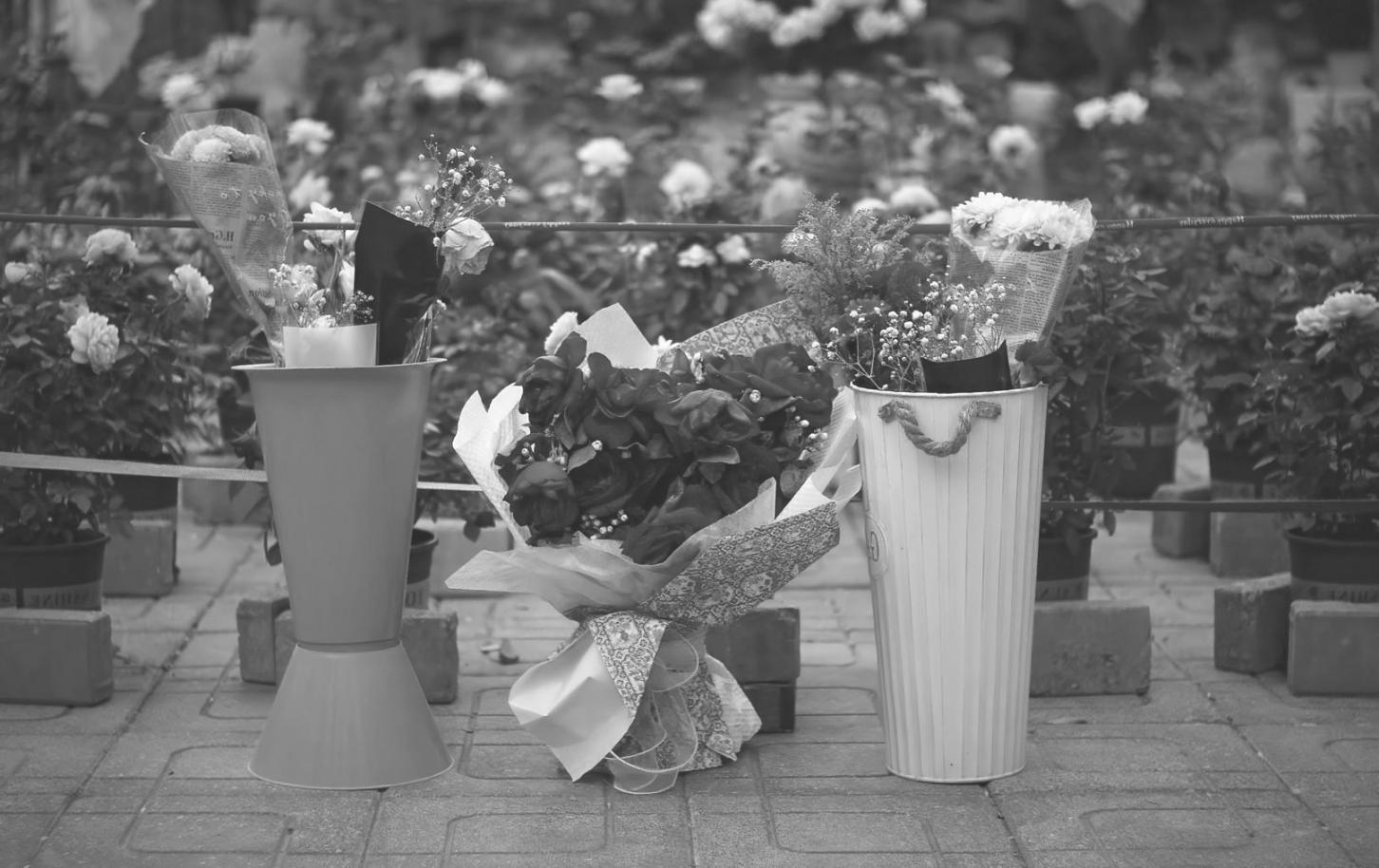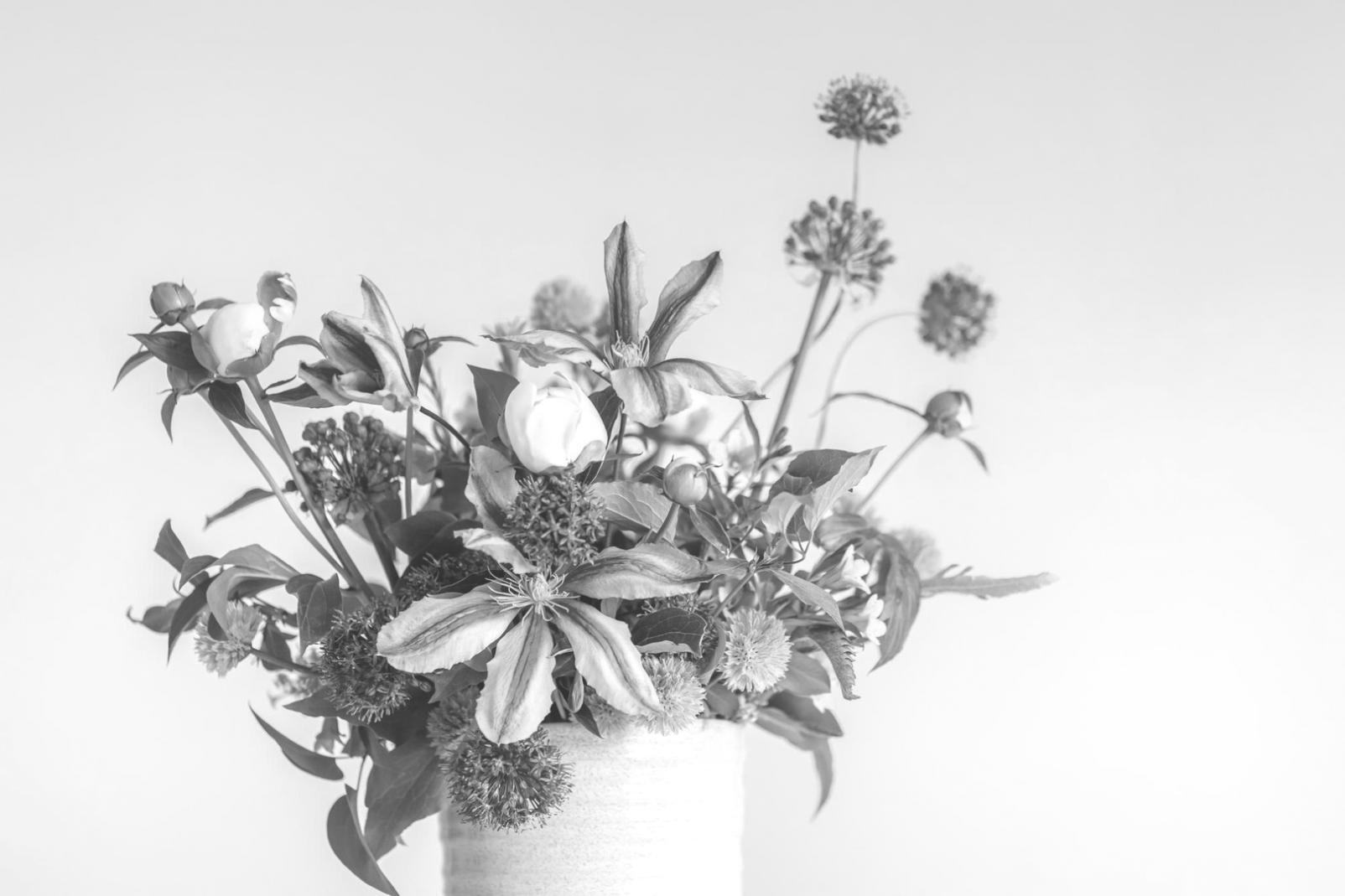Start Your Floristry Journey in Grand Forks
We teach you how flowers really work. Not just arranging them, but understanding their behavior, handling techniques, and the small details that separate decent arrangements from ones people remember. Our program runs through practical skills you can use whether you're planning your own shop or working in an established studio.
Explore Our Approach
How We Built This Program
Started in 2018 with a simple goal: teach floristry the way it actually works in shops, not just in textbooks. Here's how we got to where we are now.
2018: First Classes
Launched with eight students in a rented studio space. We focused on hands-on work from day one because that's what people needed most.
2020: Curriculum Expansion
Added business fundamentals after students kept asking how to actually run a floristry operation. Turns out knowing chainalysis of supply chains matters just as much as stem cutting techniques.
2022: Studio Opening
Moved into our current location on 19th Street. Bigger space meant we could work with seasonal flowers year-round and give everyone proper workspace.
2025: Advanced Programs
Now offering specialized tracks in wedding work, event design, and shop management. We're teaching what the industry actually needs right now.
What You Actually Learn
We focus on real skills. Not theory that sounds good but falls apart when you're facing a wedding order at 6am.
- Flower conditioning and care that extends vase life
- Design principles that work for any arrangement style
- Sourcing flowers and managing vendor relationships
- Pricing work so you're not losing money on every order
- Client communication when things don't go as planned
Classes start in September 2025. We keep groups small so everyone gets actual instruction time, not just watching demos.
Who This Works For
Our students come from all kinds of backgrounds. Some are changing careers, others want to formalize skills they already have.
You don't need previous flower experience. But you do need to be comfortable standing for several hours and working with your hands. Floristry is physically demanding in ways people don't expect.
Most students finish the core program in eight months. Then you decide if you want to continue with specialized training or start working.
See Full Program DetailsUnderstanding Flower Supply Chains
One thing we cover early is how flowers actually get to your workspace. It's not as simple as ordering from a catalog.
Local growers, wholesale markets, direct imports—each source has different lead times, quality standards, and pricing structures. Learning chainalysis of these systems helps you plan better and waste less.
For example, if you're doing a wedding in June, you need to know which flowers are local and which need to be ordered weeks in advance from overseas suppliers. Getting this wrong means scrambling at the last minute or blowing your budget on premium rush orders.
We spend time on vendor relationships because that's where a lot of new florists struggle. Knowing how to negotiate, when to switch suppliers, and how to build reliable partnerships saves you headaches down the road.

What Makes Our Program Different
| Aspect | Our Approach | What Others Often Do |
|---|---|---|
| Class Size | Maximum 12 students per instructor | Often 20+ in demonstration-style classes |
| Practice Materials | Fresh flowers in every class session | Sometimes use silk or dried flowers for practice |
| Business Training | Integrated from month two onward | Optional add-on or not covered |
| Studio Access | Open practice hours six days weekly | Limited to scheduled class times |
| Real Client Work | Included in advanced curriculum | Rarely available in education settings |
| Supply Chain Education | Full module on vendor relationships and sourcing | Basic overview if mentioned at all |
Beyond Basic Arrangements
Seasonal Work
Learning what flowers are available when changes how you approach design. We work with actual seasonal availability rather than pretending everything is accessible year-round.

Color Theory Application
Understanding color relationships helps when clients ask for something specific but can't quite articulate what they want. You learn to interpret vague requests and deliver what they're actually asking for.
Event Logistics
Weddings and events require different skills than shop work. Timing, transportation, setup coordination—all things that can go wrong if you haven't practiced them.

Working With Difficult Stems
Some flowers are just finicky. We show you how to handle stems that droop, petals that bruise easily, and arrangements that need to survive transport and setup without falling apart.
Client Consultations
Talking with clients is a skill. You need to manage expectations, suggest alternatives when their Pinterest board isn't realistic for their budget, and handle changes without losing your mind.
Next Class Starts September 2025
We're taking applications now for fall enrollment. Come visit the studio, meet instructors, and see if this program makes sense for what you're trying to do.
Get More Information Learn About Our Team